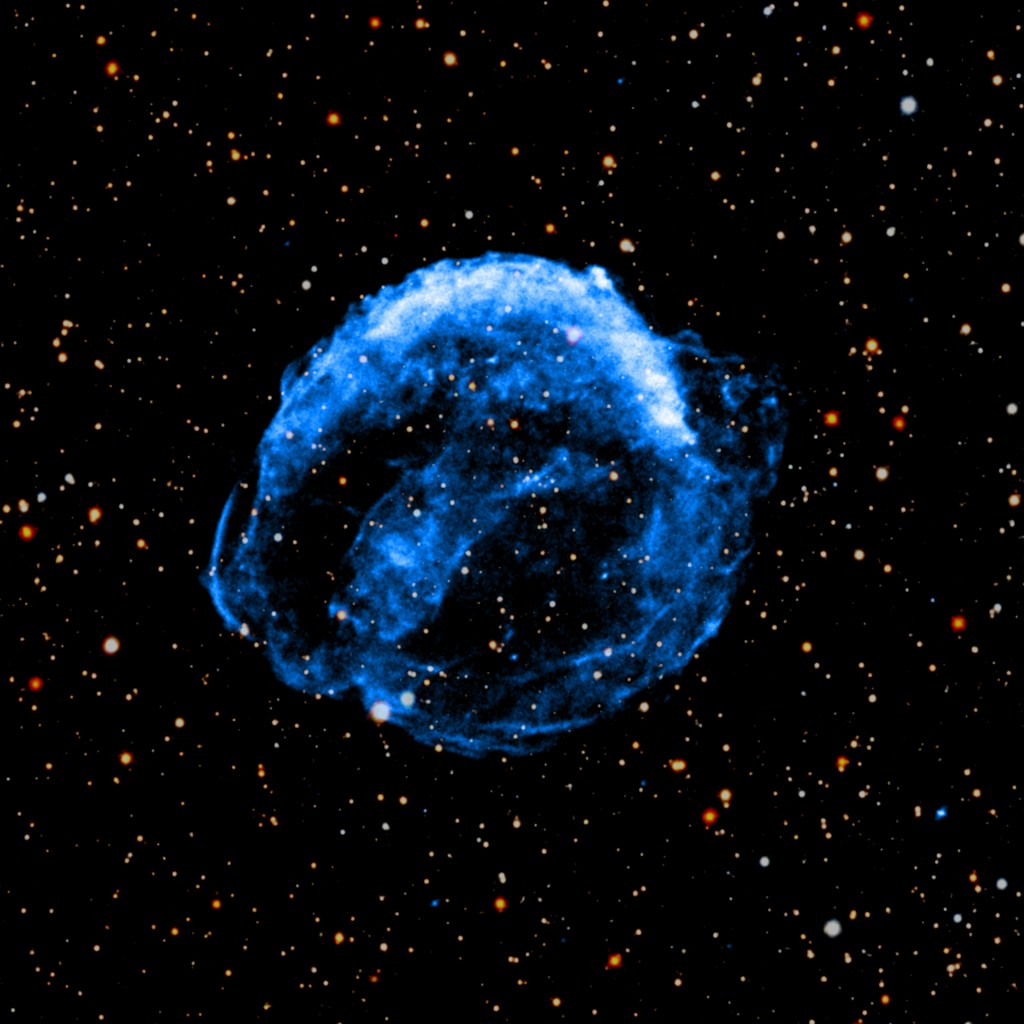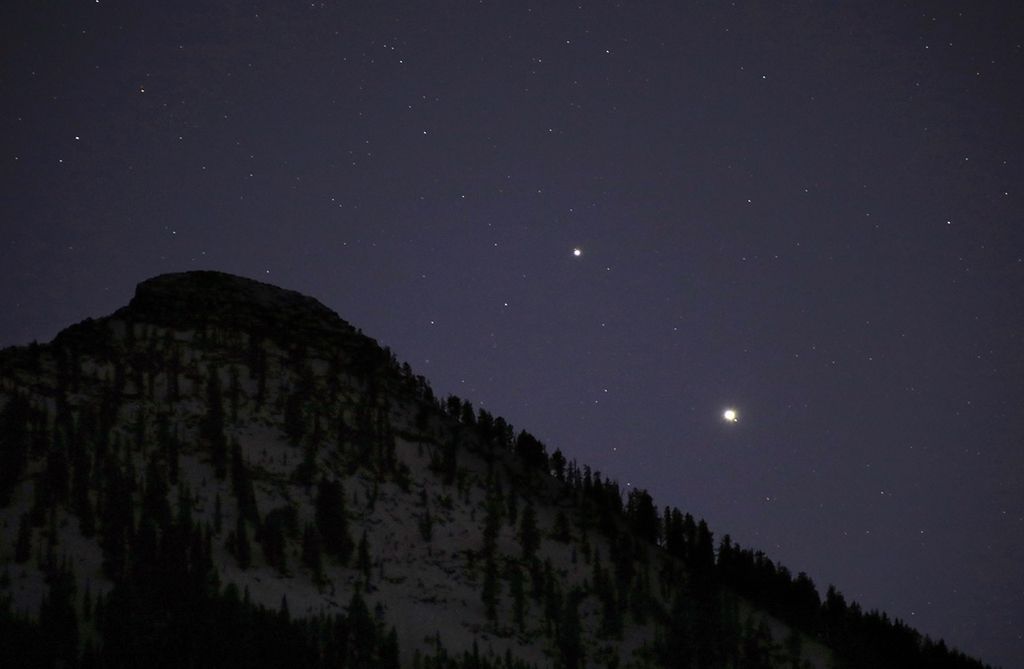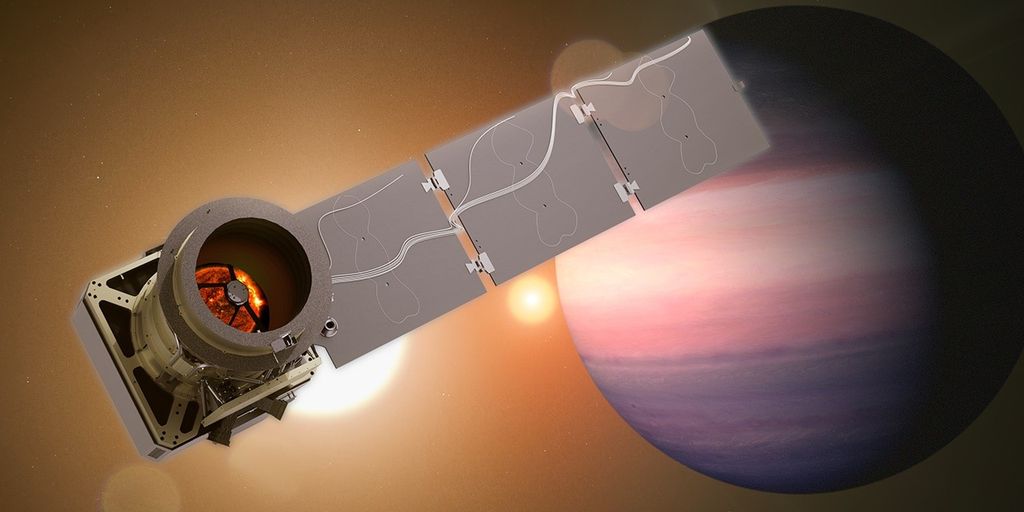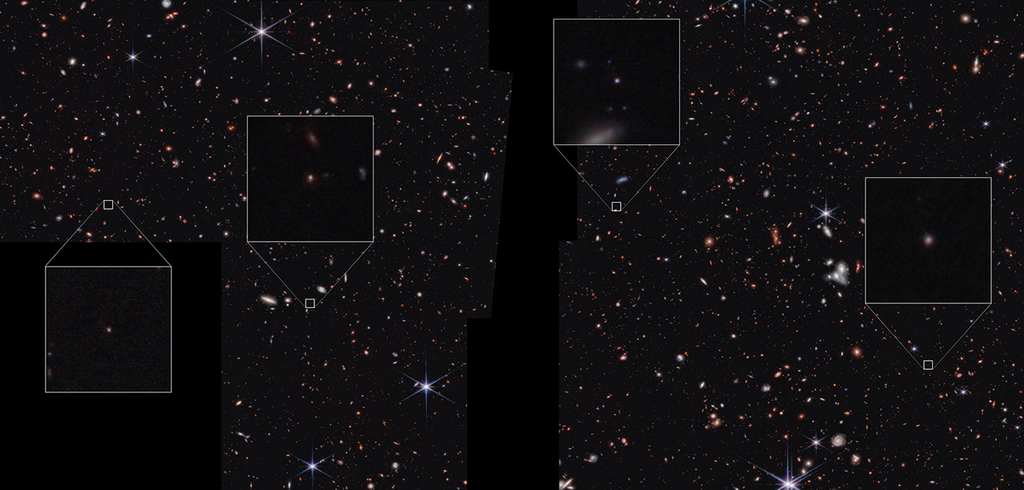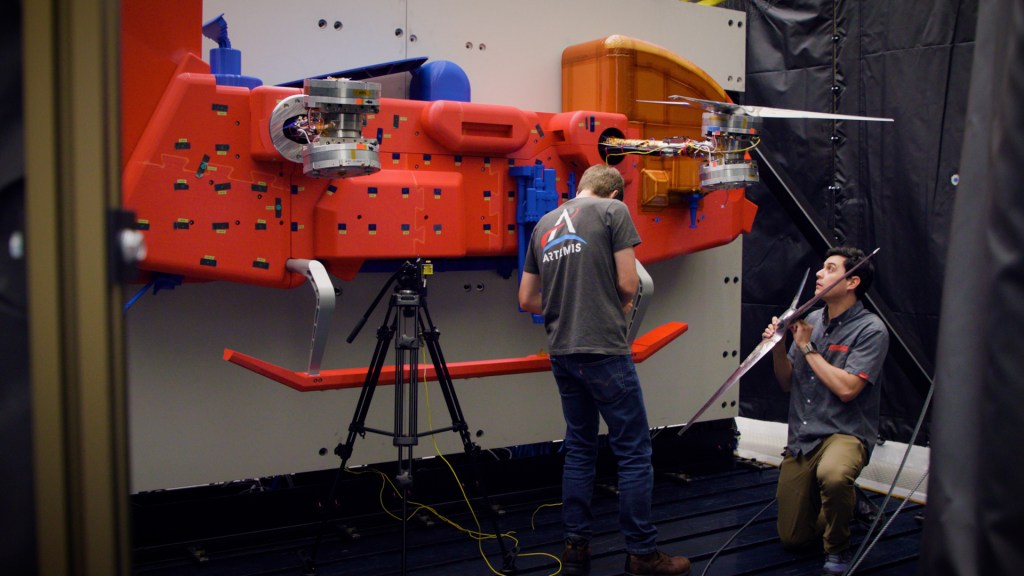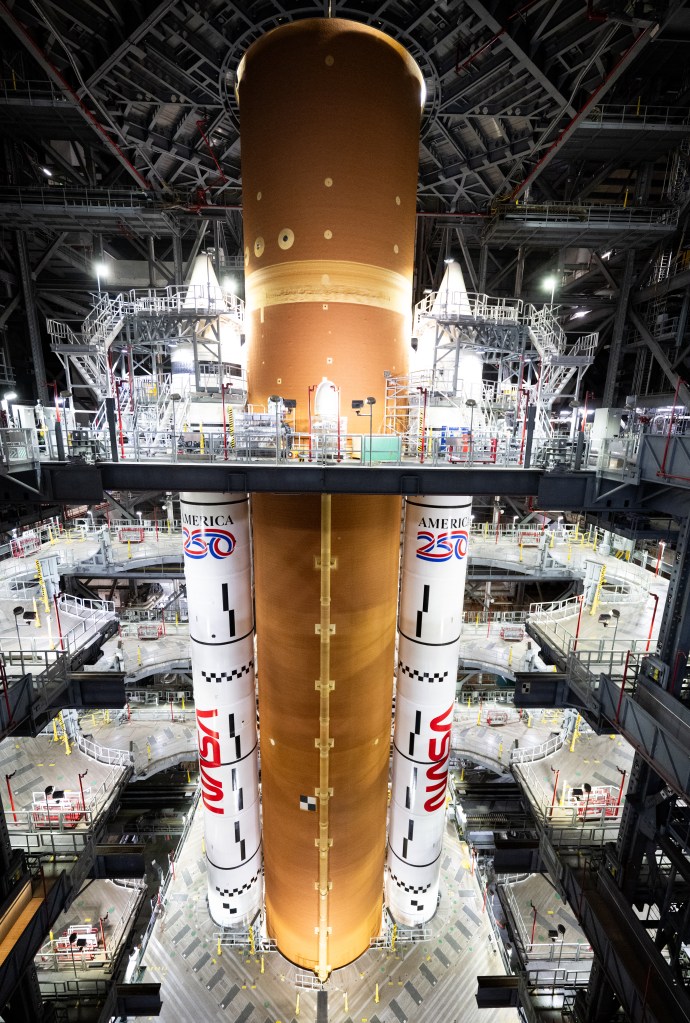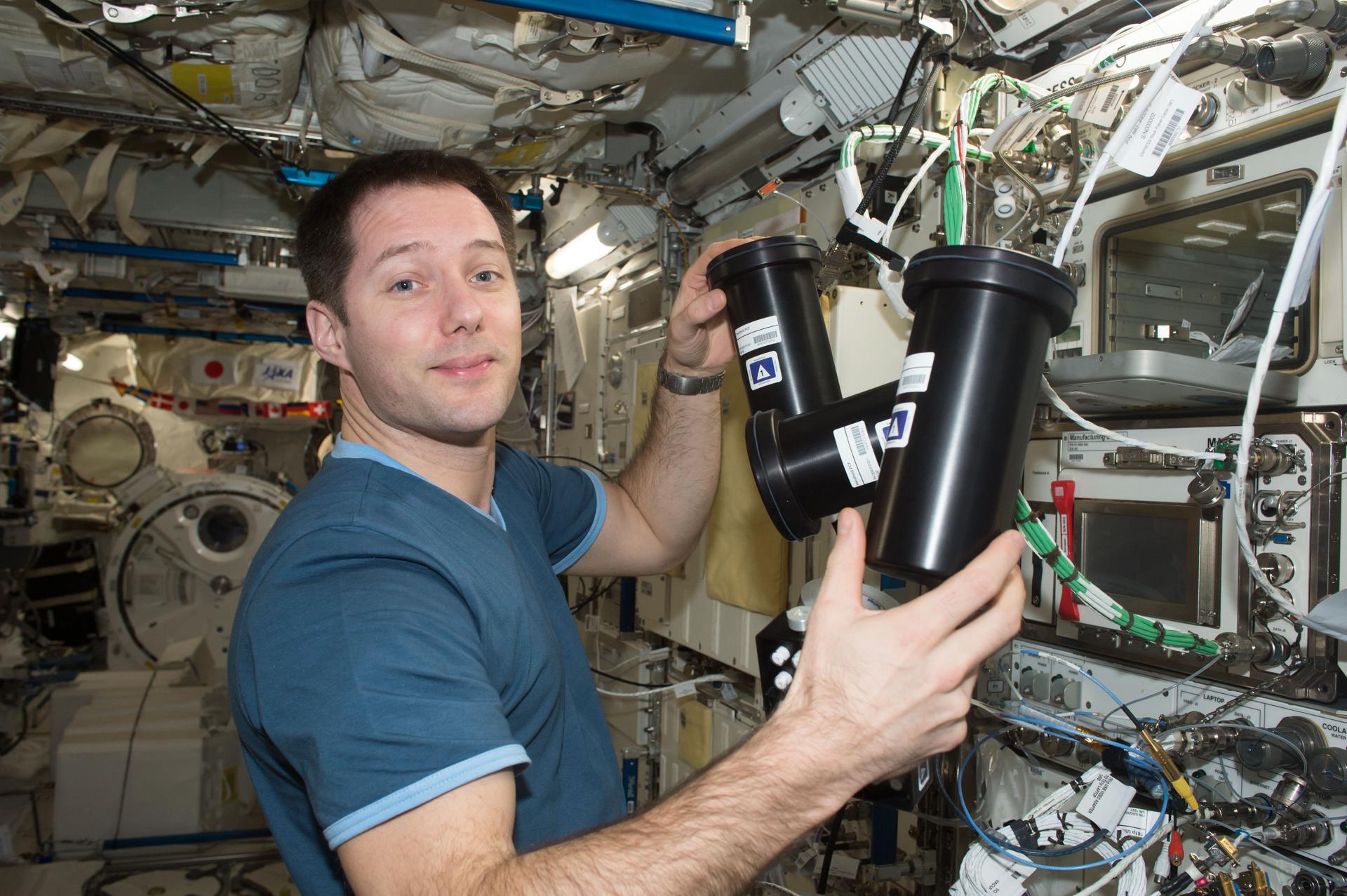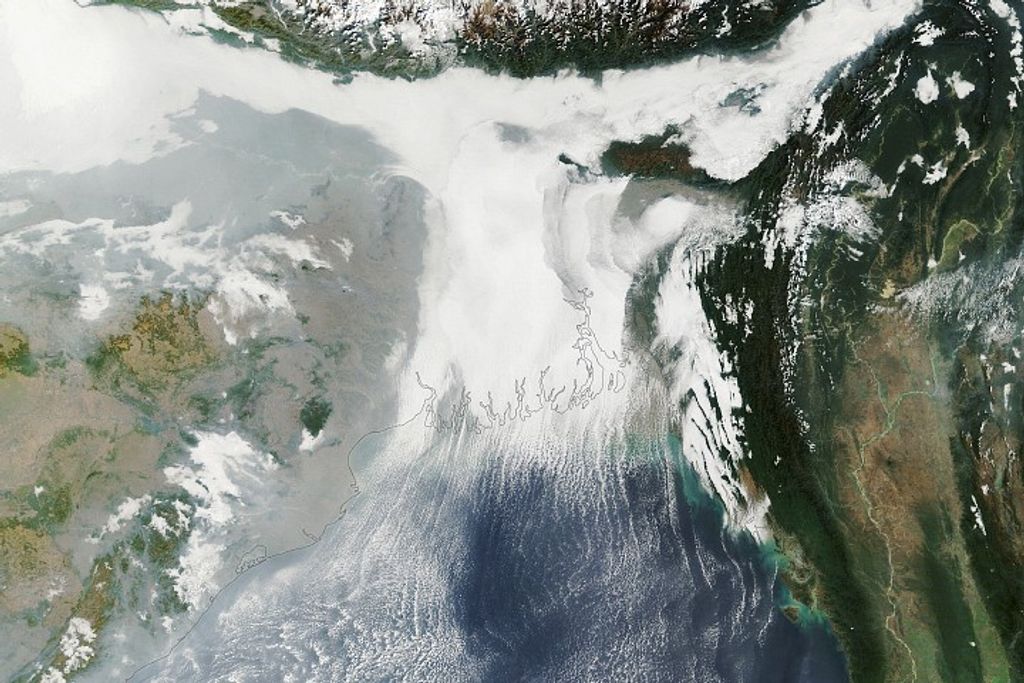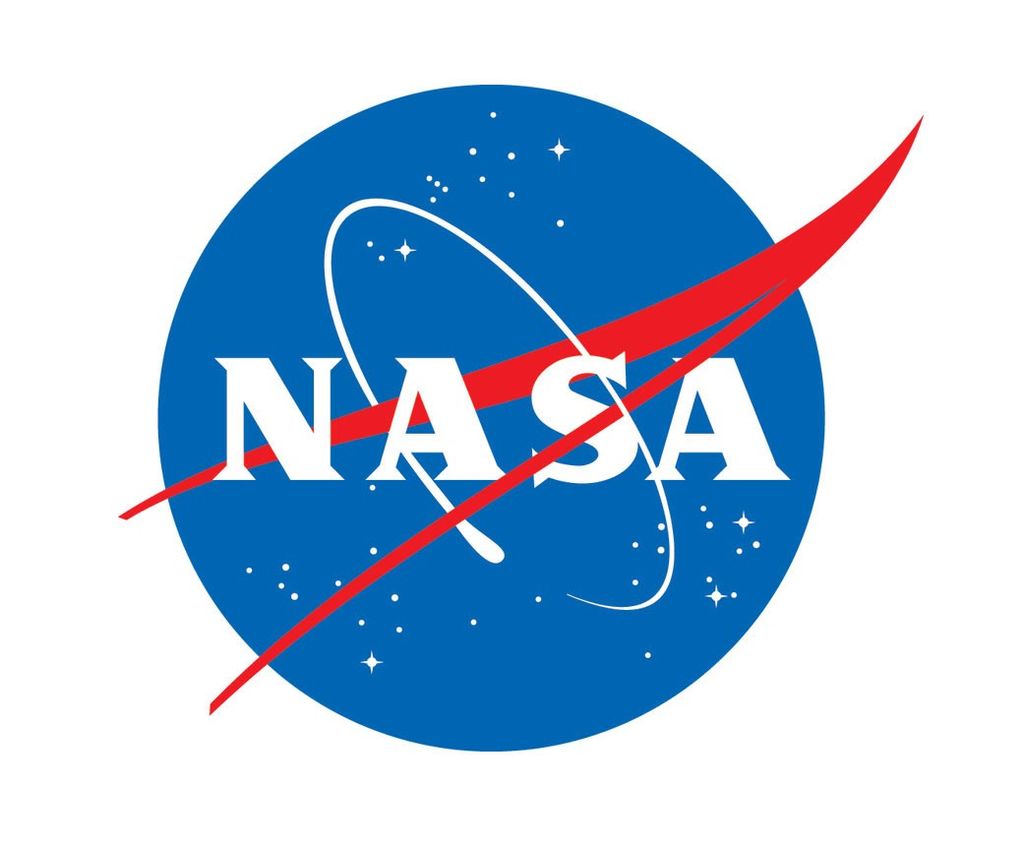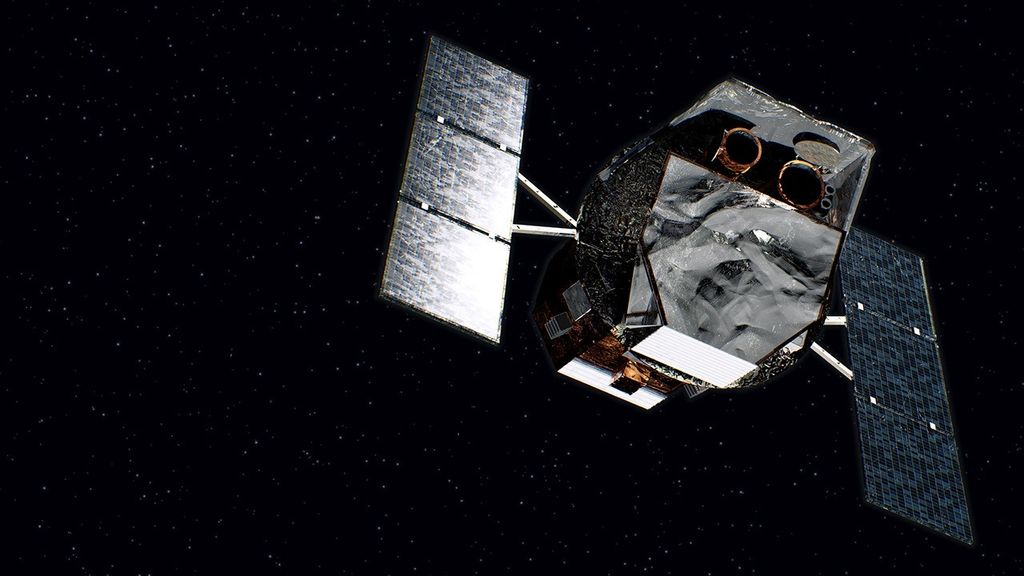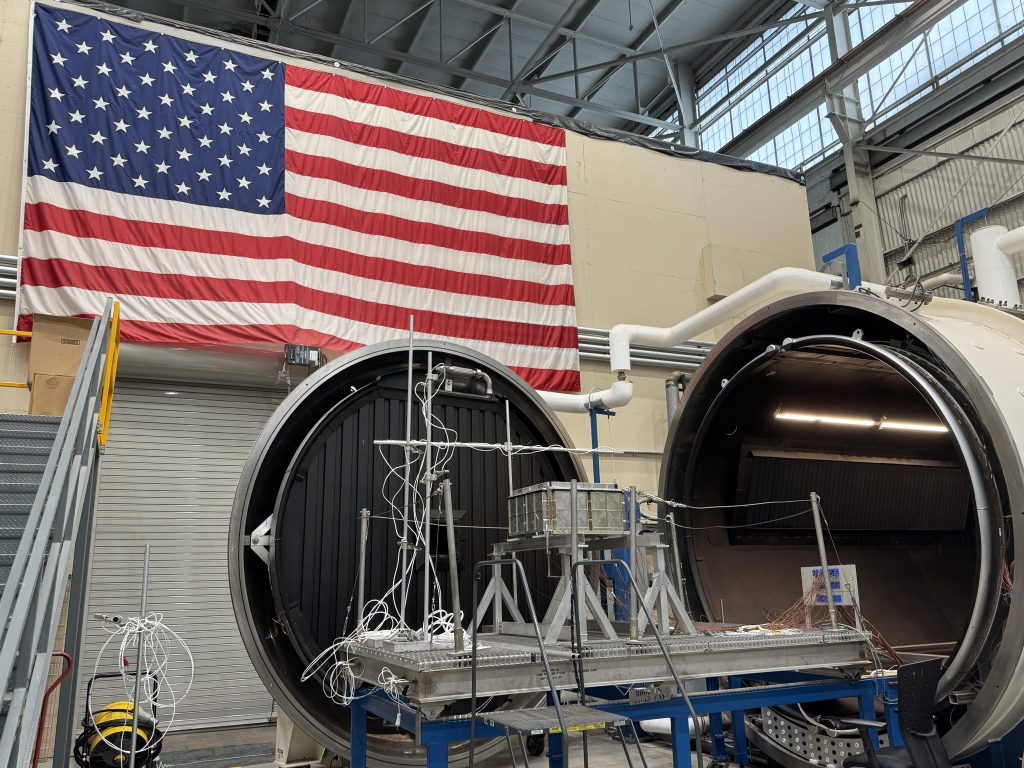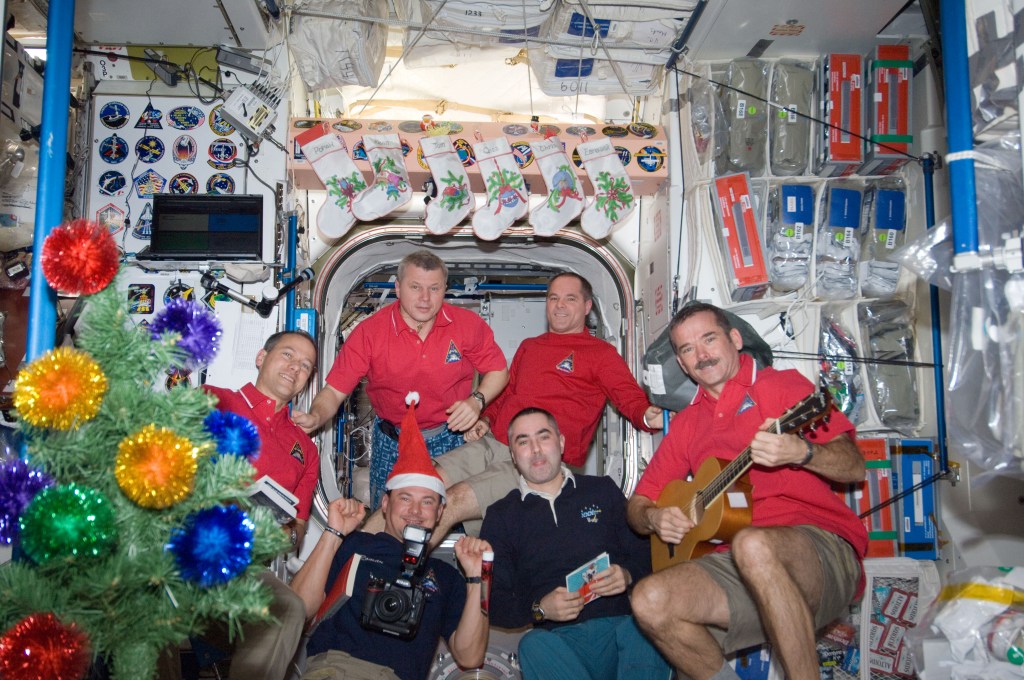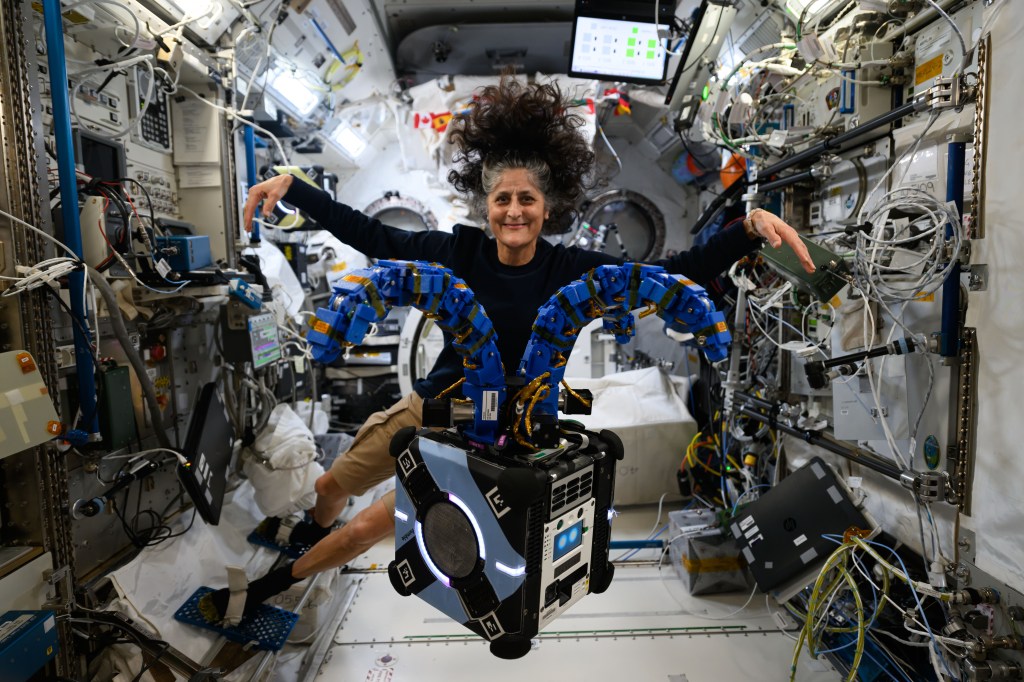Full Moon Doesn’t Phase Orionids Viewing
Despite the fullness of the moon, the all-sky meteor camera at NASA’s Marshall Space Flight Center in Huntsville, Ala., managed to detect a decent number of Orionid meteors this October — 41 in total! Thesemeteors, produced by debris from Halley’s Comet, travel at 146,000miles per hour and burn up high in the atmosphere. Most Orionids werefirst detected around an altitude of 68 miles, and completely burned upby a height between 58 and 60 miles above the ground.
Shown below are two Orionid meteors observed on Oct. 21, 2010. The shower radiant, located near the constellation Orion, is easily visible.


The Orionids peaked on October 21 when the all-sky camera detected 13 double station Orionid meteors.
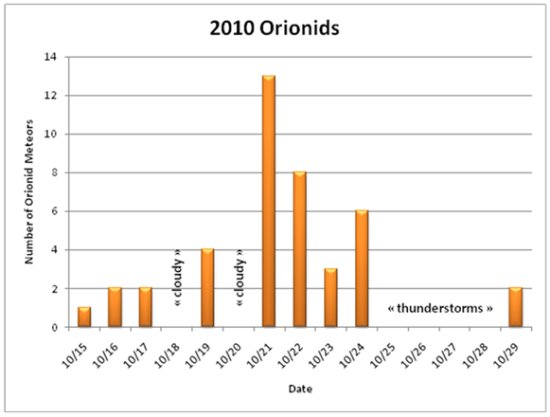
Images courtesy of Danielle Moser, NASA’s Meteoroid Environment Office, Marshall Space Flight Center, Huntsville, Ala.

